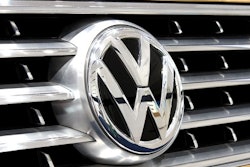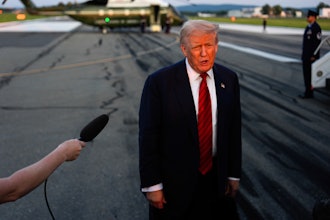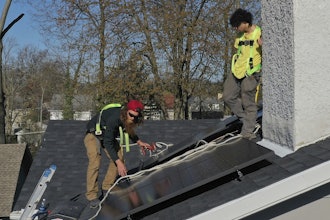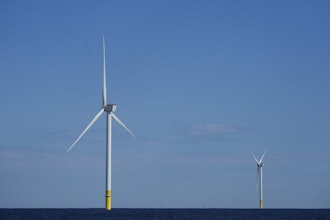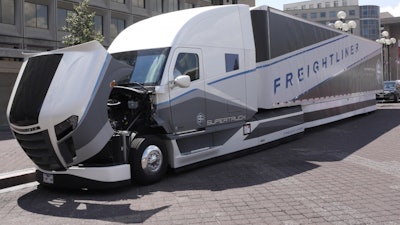
Building on the SuperTruck initiative (view gallery to see infographic), Deputy Assistant Secretary for Transportation Reuben Sarkar today announced SuperTruck II, an $80 million funding opportunity, subject to congressional appropriations, for research, development, and demonstration of long-haul tractor-trailer truck technology.
Sarkar made the announcement at the GreenTruck Summit in Indianapolis, Indiana.
Sarkar also announced more than $12 million in selections for three new cost-shared projects focused on the research, development, and demonstration of plug-in electric powertrain technologies for medium- and heavy-duty vehicles.
“Improving the efficiency of commercial trucks is critical to reducing our petroleum consumption, strengthening our clean energy economy, and further reducing our contributions to climate change,” Deputy Assistant Secretary Sarkar said. “This new funding will not only accelerate innovation but also foster rapid market adoption of new energy efficient vehicle technologies.”
The Department of Energy launched its SuperTruck initiative in 2010. Vehicles developed under SuperTruck I are Class 8 combination trucks – commonly known as 18-wheelers – that dramatically increase tractor-trailer fuel, engine and drivetrain efficiency through the use of advanced technologies. As the backbone of domestic freight transportation, 18-wheelers haul 70 percent of all freight tonnage.
SuperTruck II projects will research, develop, and demonstrate technologies to improve heavy-truck freight efficiency by more than 100 percent, relative to a manufacturer’s best-in-class 2009 truck, with an emphasis on technology cost-effectiveness and performance.
Achieving Class 8 truck efficiency increases will require an integrated systems approach to ensure that the various components of the vehicle work together.
SuperTruck II projects will utilize a wide variety of truck and trailer technology approaches to achieve performance targets, such as improvements in engine efficiency, drivetrain efficiency, aerodynamic drag, tire rolling resistance, and vehicle weight.
- The recipients of the funding for plug-in electric powertrain technologies for medium and heavy-duty vehicles announced today are: Robert Bosch LLC (Farmington Hills, MI) will receive $5 million to develop and demonstrate a medium-duty plug in hybrid vehicle powertrain that reduces fuel consumption by 50 percent.
- Cummins Corporate Research and Technology (Columbus, IN) will receive $4.5 million to develop and demonstrate a Class 6 plug in hybrid delivery truck that reduces fuel consumption by 50 percent.
- McLaren Performance Technologies (Livonia, MI) will receive $2.6 million to develop a Class 6 delivery truck with a scalable, innovative, lightweight, low-cost, and commercially-viable plug-in electric drive system that improves fuel economy by 100 percent.
For more information and application requirements, visit the EERE Exchange website or Grants.gov.







